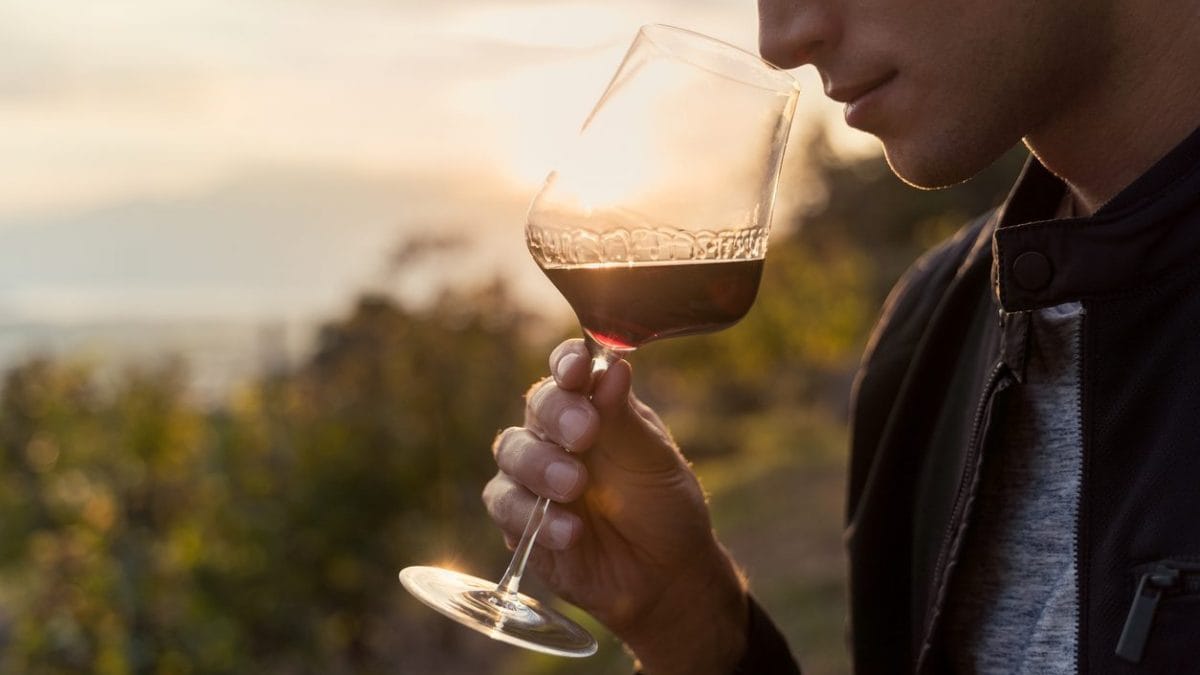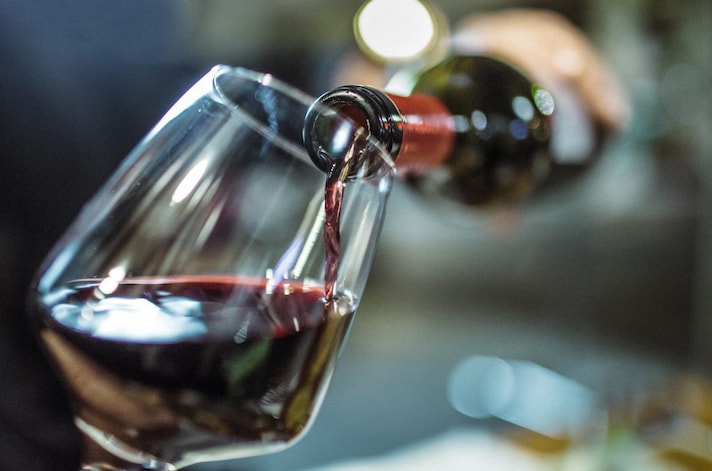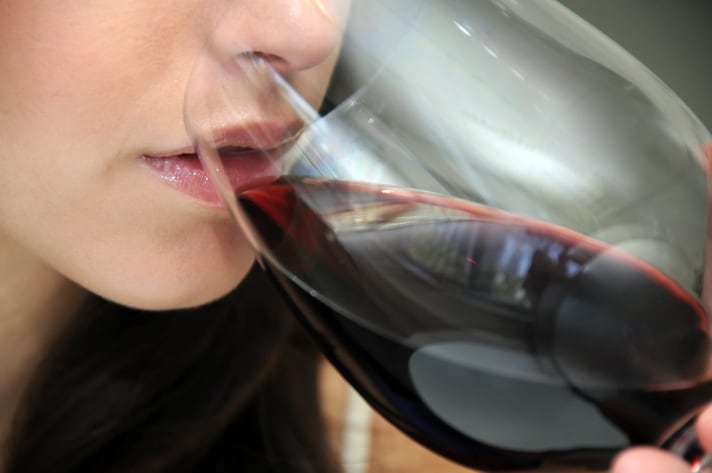
Wine, if stored correctly, can age and improve over time. However, like any food, it can also deteriorate. But how do you know if a bottle of wine is still good? Just activate your senses, starting with sight, the most immediate. If white wine takes on a dark brown or golden color, it could be oxidized; if red wine becomes opaque brown, it could be spoiled. Then there is the sense of smell, with the simplest of indicators: if the wine has a smell that recalls vinegar, then it has gone bad. Let's look at all the clues together because you don't need to be an expert sommelier to understand if a wine has gone bad. Most of the time, all it takes is a little attention.
How to Tell if Wine Has Gone Bad
Most of the advice concerns bottles that have been opened because the wine deteriorates more quickly when in contact with air. It is difficult for a closed bottle to "go vinegar" as they say, you have to take care of it very badly. There are examples of ten-year-old bottles that are still drinkable today but in this case a lot depends on how you store them. So let's start with the simple part: wines that we open and sip very calmly, over the course of the days.
The first thing to look at is the color as we said, then the smell: if there are traces of vinegar or mold after a sniff it means that the wine is no longer good. If you are not convinced by the appearance and smell, try tasting it: if the product is bitter or sour then we have a problem. Remember that a bottle should be drunk in a week maximum but the taste changes a lot after just a few hours.
1. The Visual Aspect

An oxidized wine will tend to darken. Red wines will turn brown, while whites will take on amber hues. The presence of unusual sediment or a film on the surface indicates a possible alteration. Also pay attention to cloudiness because a wine that appears cloudy could have gone bad. The last clue concerns the bubbles: if your wine is not sparkling and has a slight effervescence the reason is a bacterial refermentation, so it has definitely gone bad.
We have to put an asterisk to these clues because there are some natural, unfiltered wines that can be naturally cloudy or sparkling.
2. The Smell of Wine

If we say that a wine that has gone bad has "gone vinegar" there must be a reason: a pungent and acidic smell, similar to that of vinegar, indicates that the wine has undergone acetic fermentation. An oxidized smell also indicates deterioration of the bottle due to contact with air.
Sulfur-like odors can instead indicate an upstream problem: a mix-up with sulfites during the winemaking process, so it is a defect unrelated to whether the bottle has been opened or not. Another similar clue is when you smell a wet dog: it is the sign of contamination from cork stopper (TCA), a problem (very rare) due to the oak from which the stopper is obtained, in which both the company and the customer are completely blameless.
3. What Does Spoiled Wine Taste Like?

As above, the first element is the vinegary taste, then there are the bitter and oxidized hints (which are recognized if a wine is dull, has a flat taste). Even if you have moldy hints in your mouth it is a problem and probably depends on the contamination of the cork (unless it is a hint sought by the winemaker himself).
If a wine has bubbles but should be still then there has been unwanted fermentation and that is not a good thing.
How to Store Wine to Prevent it From Going Bad
If the bottle is closed you must pay attention mainly to temperature, humidity, light and position:
- The ideal temperature is between 50°F/10°C and 59°F/15°C. Lower temperatures slow down aging, while higher temperatures speed it up. Avoid sudden changes in temperature because they stress the wine.
- The ideal humidity is between 50% and 80%. Proper humidity keeps the cork moist, preventing it from drying out and allowing oxygen to enter the bottle.
- Light oxidizes wine, especially ultraviolet light. For this reason you should never buy a transparent bottle (unfortunately they are a fashion nowadays) but always those with dark glass.
- Although it may be inconvenient at home, wine should be stored horizontally because the liquid keeps the cork moist, preventing it from drying out and breaking. If you have wines with glass, screw or plastic stoppers, you can store them vertically.
It is also important not to shake the bottles and that the storage location is free of strong odors such as mold, paint, or chemicals.
If the wine is already open, remember to cork it well, store it in the fridge in an upright position and if the remaining wine is less than half of the entire bottle, transfer it to a smaller bottle, thus reducing the space for oxygen to act, before placing it in the fridge.
The shelf life of wine depends on several factors, such as the type of wine, its quality, and storage conditions. In general, red wines age better than white and rosé wines. However, even a good wine can deteriorate if stored incorrectly. By following these instructions, you can store wine for 3-4 days, without it losing its flavor and aroma.
;Resize,width=767;)
